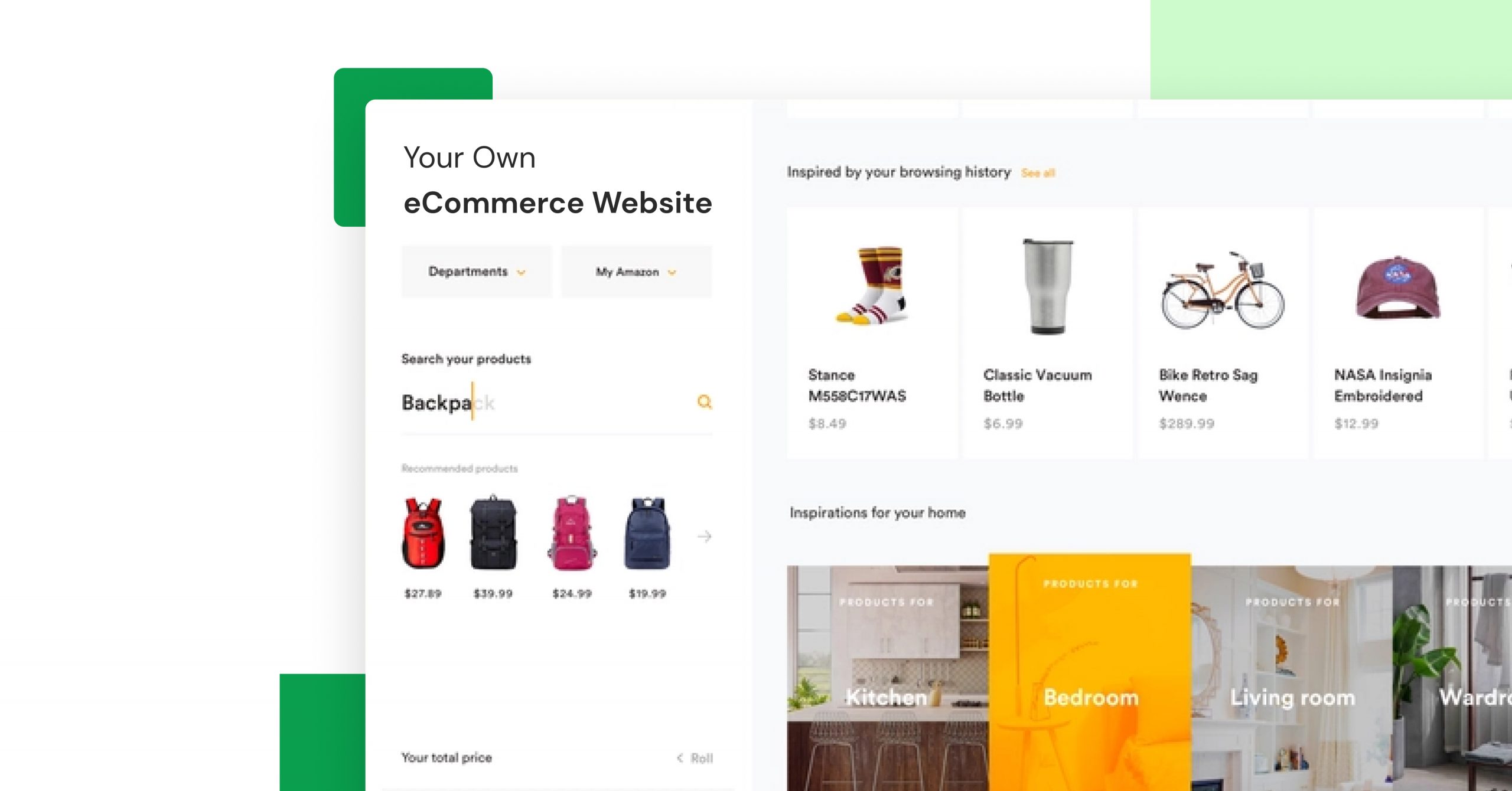
How to create your own eCommerce Website like Amazon/Flipkart
Mar 13, 2025 5 Min Read 18401 Views
(Last Updated)
The first stepping stone to set off the e-commerce juggernaut in India was perhaps laid down in 2007, when two engineers Sachin, and Binny from IIT, Delhi decided to pursue their entrepreneurial dream and started selling books online from a 2BHK apartment in Koramangala, Bengaluru. They started their sweet little venture named “Flipkart”, taking inspiration from the Amazon US model. Amazon, a multi-vendor online marketplace is one of the “Big-four tech companies” along with Apple, Google & Facebook. What makes Amazon so popular? Its rise to being a top household e-commerce brand along with Flipkart is mostly attributed to flawless functionality and its high-converting websites. In this post, we will focus on core technical concepts behind Amazon, and how you can launch your eCommerce website with the right tech stack, functionality, and MVP features.
Creating such a full-stack website with a functional front & back end and adding it to your portfolio let alone will help you get several job offers. So let’s get started.
Table of contents
- What makes Amazon so popular?
- User-friendly Web Design
- Convenient Payments
- Lowest Price
- Core features of an eCommerce website
- Profiles
- Admin Panel
- Advanced Search
- Product Page & Shopping Cart
- Payment Methods
- Ratings and Reviews
- Push Notifications and enlistment
- Wishlist
- Shipping
- In-demand Tech Stack for creating a platform like Amazon
- How to choose the right web-development stack for your eCommerce Website
- The Client-Side Software
- The Server Side Software
What makes Amazon so popular?
The company upholds certain principles to make it accessible, trustworthy, and simple. Rather than focusing on what their competitors are doing in the particular market, the company focuses more on the customer’s obsession. The brand frequently and thoroughly analyzes the behavior patterns of its customers and collects data & feedback for every customer. The company’s commitment to operational excellence helped it garner a large customer base.
User-friendly Web Design
Amazon’s UI stands for convenience and not conventional. Throughout the years, the Amazon website has gone through major multiple changes. In its bid to optimize for maximum conversion, Amazon has sacrificed some of the crucial UX principles that were once standard for E-commerce websites. For example, the text cluttering the product page! The company tries to offer maximum value to its customers without distracting them with infinite browsing. The website offers HIgh-Quality Photos and videos and detailed and precise descriptions of products. Amazon launched its official mobile app in 2011 with the same approach.
Convenient Payments
Amazon offers all major payment gateways and it makes the shopping experience seamless. The Platform works with all credit & debit cards such as Visa, MasterCard, American Express & UPI, and wallets such as Paytm or PhonePe. Recently, it launched its payment gateway “Amazon Pay”, You can also avail yourself of a credit line with Pay Later.
Lowest Price
Do you know 9 out of 10 online customers do a price check on Amazon before buying a specific product? According to a statistical organization Feedvisor, 89% of buyers agree to buy their products from Amazon rather than from other E-commerce websites.
Before diving into the next section, ensure you’re solid on full-stack development essentials like front-end frameworks, back-end technologies, and database management. If you are looking for a detailed Full Stack Development career program, you can join GUVI’s Full Stack Development Course with placement assistance. You will be able to master the MERN stack (MongoDB, Express.js, React, Node.js) and build real-life projects.
Instead, if you would like to explore JavaScript through a Self-paced course, try GUVI’s JavaScript certification course.
Core features of an eCommerce website
Online shopping in India, worth only $1bn in 2012, is all set for its course to breach the US$182 Billion mark by 2025. It won’t be speculation to say that in the coming days, we will witness a huge requirement in the web development sector, which is thriving at best.
Amazon is a Tech Giant with several hundred functionalities but there is no need to design and deploy each one of them right from the very beginning. First and foremost, we will pick the core features of an E-commerce website that are essential for the purchasing & selling process and a seamless buying experience. What features should your e-commerce website include?
GUVI offers a web-development learning path with all the essential programming courses like JavaScript, Typescript, JQuery, CSS, and everything about web development.
Profiles
Both the buyers and sellers should have their personalized profiles to publish the required information. On the seller side, we can see customized data such as shipping, payments, product listings, and more. Buyer’s accounts usually have personal information, addresses, history of previous purchases, and wishlist.
Admin Panel
The admin panel is crucial for platform owners. It allows customizing individual settings for various vendors including payment modes, shipping, surcharges, and more. Also, it has to offer an analytical view for the admin regarding all the ongoing business activity, season duration, the most browsed products, total sales, number of views by date, etc.
Advanced Search
An advanced search bar on top of the website to render and visualize all the products with a single search. It’s an essential feature that makes the navigation of websites easier and it takes less time for the user to find their preferred product.
Product Page & Shopping Cart
Just as the name suggests, a product page is the webpage of a website, where customers can find detailed specifications about available products. You can improve the quality and reliability of customer experience by encompassing High-resolution photos and videos and writing engaging copy about the product. However, make sure that rendering is not taking forever, or else customers are more likely to bounce from your website.
The next up is the buying cart, a place on the website where buyers save the product that they are going to buy. Think of it as a shopping cart in a grocery store. (IKR! The resemblance is uncanny.) On this particular page, they can modify several goods, add them, delete them, and view payment methods and shipping locations as well.
Payment Methods
Offering several payment methods opens a lot more sales. It makes the purchasing process easier and more pleasant. For instance, a user is adamant about buying a product, but he only has a Rupay Card, which is usually not accepted. He can bounce to other websites for the same product. Customers are more likely to buy from your website if they can pick the payment method that suits them the most.
Ratings and Reviews
Ratings and customer reviews help the customer make the right decision. Besides, this feature makes the marketplace more trustworthy, since buyers are more likely to hear it from other customers. Amazon and Flipkart allow users to add pictures/videos of their bought products, in exchange they are awarded points to redeem.
Push Notifications and enlistment
A push notification enables the buyer and seller to browse a certain product the fastest way possible. The push notification strategy leads to maximum conversion. It works the following way: you get a notification on your mobile/browser/SMS, you click on it, and immediately shift to a certain webpage. You can also enable users to enlist for a yet-not-released product and build anticipation.
Wishlist
A wishlist is an efficient way to market your product by allowing your user to save the desired product. When they share their wishlist with their family and friends, you will get more buyers to your marketplace.
Shipping
With this functionality, a user can save his/her addresses and opt for the most suitable delivery options set by sellers. Amazon allows its customers to collect their products from Amazon Pick-up locations in case they don’t want the delivery to their home or business address.
In-demand Tech Stack for creating a platform like Amazon
A technology stack conundrum may seem overwhelming at first, especially for non-tech professionals. However choosing the right technology stack is crucial for your e-Commerce website as it will influence the website’s performance, stability, and scalability. After all, seconds lost in page speed loading time will translate into lost revenue. Moreover, the distribution part of the stack is as important as the product part. For those who don’t know
“A technology stack is a synthesis of tools, frameworks, apps, platforms, and programming languages embedded to develop a website, a web application, or a mobile application. “
These platforms and technological tools layer on top of one another to ultimately create a full-fledged system. The term “Stack ” has its notion of technologies being stacked on top of each other.
How to choose the right web-development stack for your eCommerce Website
There isn’t a one-size-fits-all solution for full-stack web development stacks, one has to take into consideration the following steps when choosing a web stack.
Some crucial factors to consider:
- Defining the requirements of your project: The nature of your web application will define the stack you will be working on.
- Development and Maintenance Cost: For starters, it’s advisable to pick a web development stack that is popular and supports fast development.
- Scalability: It’s always important to build your basic eCommerce website to test it out in the market. However, you will still want to give a thought to scaling your website in the future.
- Market it out: Usually popular development frameworks such as React and Flutter have a comprehensive ecosystem that assists in reducing the development time. So that you can market your product at the right time.
- Think about Security: Security is crucial for eCommerce websites: Being a secure platform, you owe your users confidentiality and they expect their personal information to be managed and kept safe.

The Client-Side Software
The front end is a client-facing suite tool in the web development of an eCommerce website. There are three big names here and it pretty much summarises everything about front-end when it comes to web development.
Three front-end technologies that are always used alongside each other are:
- HTML (HyperText Markup Language)
- CSS (Cascading Style Sheets)
- JavaScript (the JS libraries used for front-end development are React, Vue, Angular, and jQuery)
Read our detailed comparison of all JS frameworks here.
You can start learning the basics of them for free in the GUVI free course library.
While those are basic ones LESS, SCSS, and SASS are also used for client-code development. However, assembly is executed on top of that with tools like Webpack, Gulp, and Crunt.
The Server Side Software
The back end or server side of software employs an army of frameworks and tools to perform the functions. Let’s review some of the main back-end technologies.
- A framework and a programming language: The basic logic or algorithm of your marketplace. Programming languages use various syntax to command a system to do whatever is desired. These are some of the most in-demand website technology languages with their respective frameworks.
- Ruby <Ruby on Rails>
- Java <Spring>
- Scala <Play>
- Python<Pylons, Django, Flask>
- PHP <Laraval>
- Storage: Amazon uses its own storage service to deploy its website. It’s one of the best container solutions.
- AWS S3 by AWS
- Firebase Storage by Google
- Databases: A database is used to store the required information about your market website. Amazon works with AWS DynamoDB, PostgreSQL, Redis, and MySQL services, as they help them develop a reliable platform.
Kickstart your Full Stack Development journey by enrolling in GUVI’s Full Stack Development Course with placement assistance where you will master the MERN stack (MongoDB, Express.js, React, Node.js) and build interesting real-life projects. This program is crafted by our team of experts to help you upskill and assist you in placements. Alternatively, if you want to explore JavaScript through a Self-Paced course, try GUVI’s JavaScript course.
Summing up
Creating an e-Commerce website from scratch like Amazon and Flipkart is a challenging task. You will have to invest a number of resources in the development phase to make it stand out. Nevertheless, the right approach and stack is always better than a reckless decision that leads to ineffective cost and failures.
When it comes to affordable quality learning, you can always rely on our platform. GUVI offers most of the courses mentioned above at a one-inclusive price for a monthly/annual subscription.
If you have a knack for programming and a habit of following and trying new concepts down the rabbit holes, Full-Stack Development might be your thing. GUVI’s offers one of the industry’s leading Project-Based Full Stack Development Career Programs that promises placement assistance upon course completion through its tie-up with 1000+companies. It is conducted by an IIT Madras incubated faculty & designed by our Founders(Ex-Paypal Employees).






















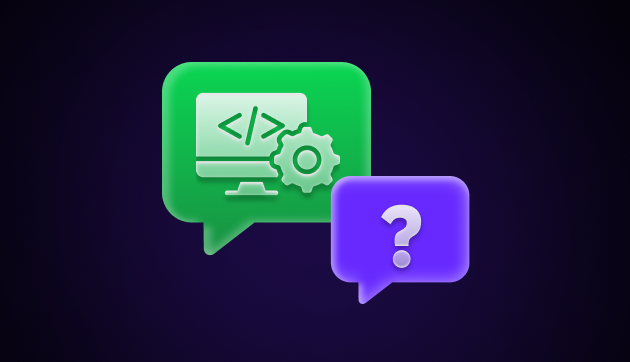
![Top Full Stack Web Developer Coding Projects in 2025 [With Source Code] 3 Full Stack Web Developer Coding Projects](https://www.guvi.in/blog/wp-content/uploads/2021/10/The-Good-Life-GoDaddy-Store-Image-10-600x250.jpg)
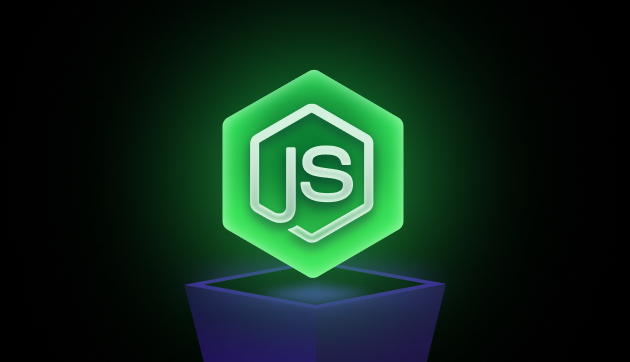
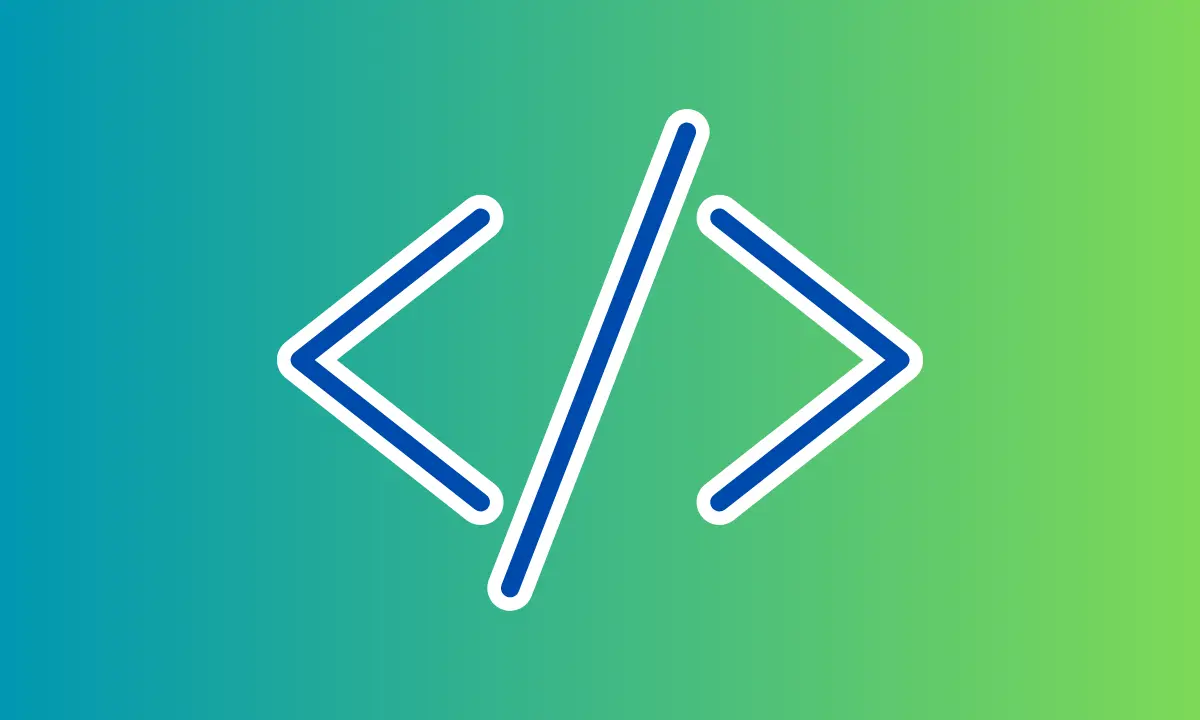
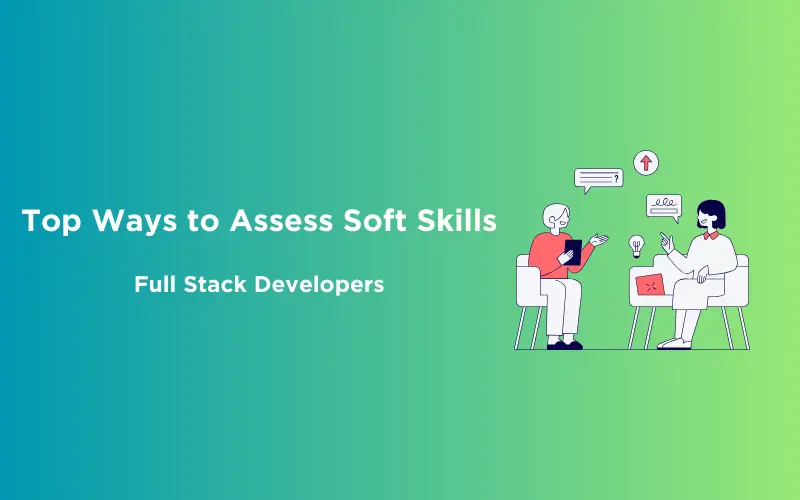
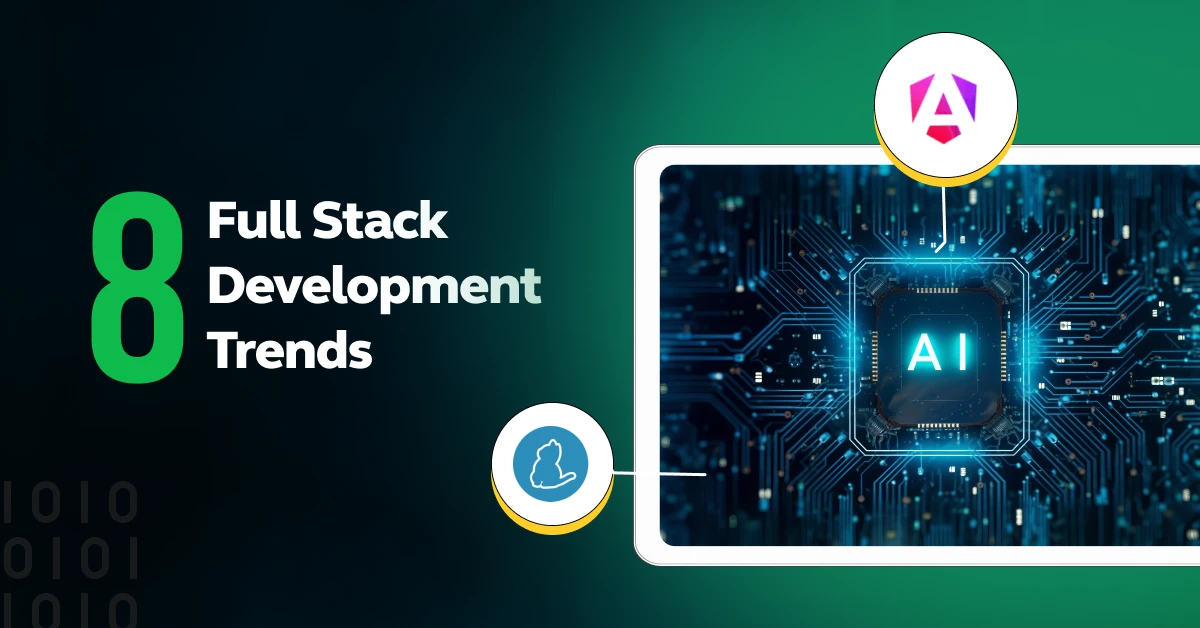
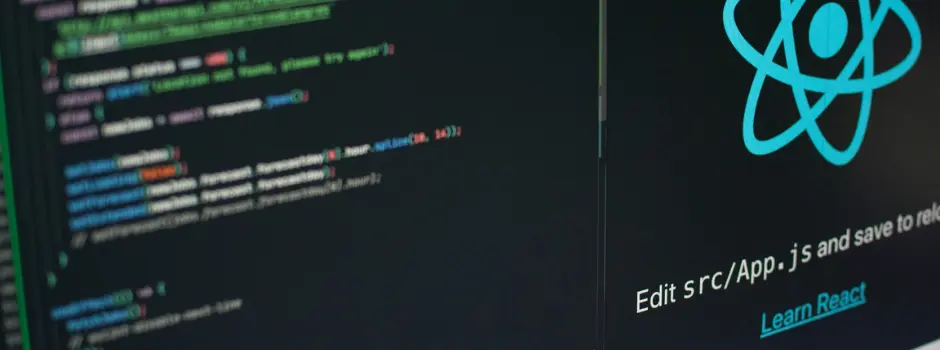
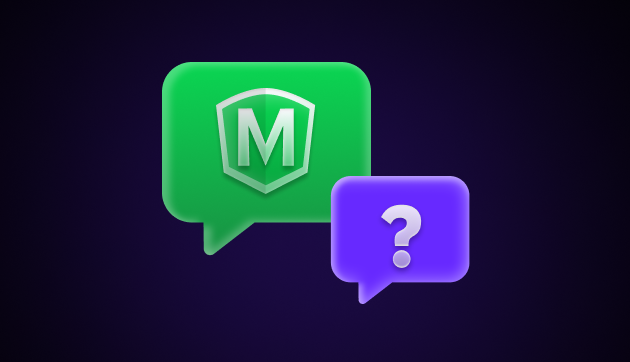
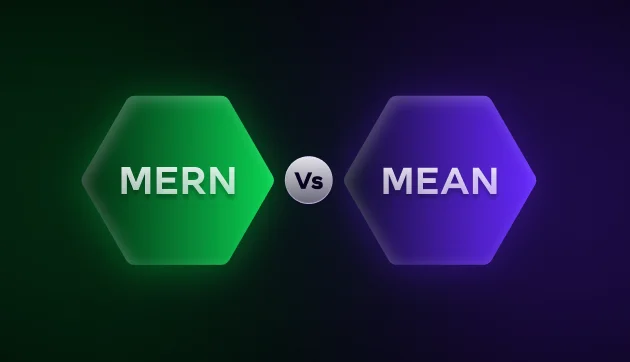

Did you enjoy this article?